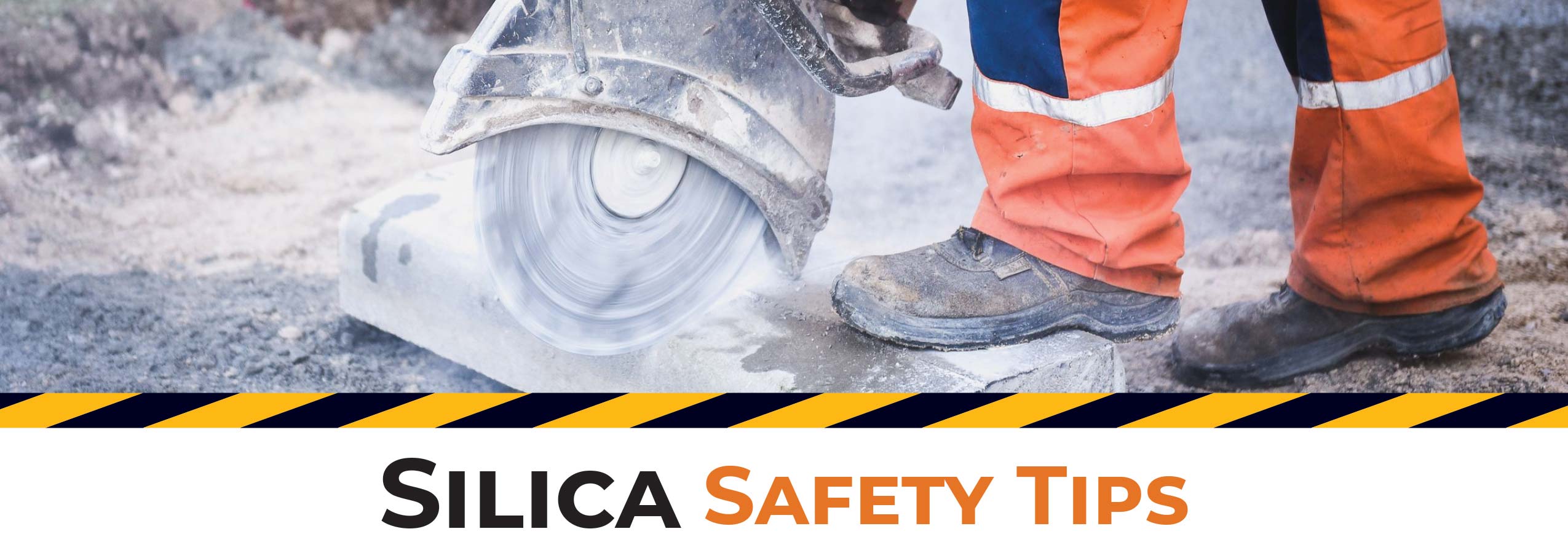
Mowery Silica Safety Tips
Written By: Mike Monaco, Safety Director
Crystalline silica is a mineral commonly found in many naturally occurring materials that are used in construction. Examples include sand, concrete, stone and mortar. These materials are essential to construction, but health hazards for workers begin to emerge when silica particles become “respirable” meaning able to be breathed in. Exposure to respirable crystalline silica can cause lung cancer, silicosis, autoimmune disorder and even kidney disease.
Respirable crystalline silica is generated by high-energy operations such as cutting, grinding, crushing or drilling. Generally, when dust is visible from these activities there is potential for workers exposure. To combat the health risks and hazards associated with silica exposure in construction, the U.S. Occupational Safety and Health Administration (OSHA) developed a Respirable Crystalline Silica standard – 29 CFR 1926.1153. The standard requires employers to limit worker exposure and provides specific methods by which to do so. Enforcement began in September 2017.
Under this new standard, employers have the option of following a pre-determined table of engineering and administrative controls or conducting air sampling to ensure silica levels are kept below the permitted maximum levels. Engineering controls work to eliminate or effectively reduce the exposure at its source. These controls include the use of vacuum collection systems or integrated water delivery systems in order to control dust. If exposure levels cannot be effectively controlled, the employer must implement a respiratory protection program.
Many employers initially ask why workers can’t simply wear respirators all the time, assuming this is the simplest method of protection. To that, OSHA offers this explanation:
“Respirators are not as protective as engineering controls, and they aren’t always as practical either. Unless respirators are selected for each worker, individually fitted and periodically refitted, and regularly maintained, and unless filters and other parts are replaced as necessary, workers will continue to be exposed to silica. In many cases, workers using only respirators would also have to wear more extensive and expensive protection. Even when respirators are selected, fitted, and maintained correctly, they must be worn consistently and correctly by workers to be effective. Respirators can also be uncomfortable, especially in hot weather, and cannot be used by some workers.”
As with any hazard exposure, the best solution is found with engineering controls rather than reliance on personal protective equipment alone. Virtually all major tool manufacturers have responded by introducing product lines with dust containment features, lessening the challenge of compliance and keeping workers safer from the hazards of respirable crystalline silica.

 Login
Login